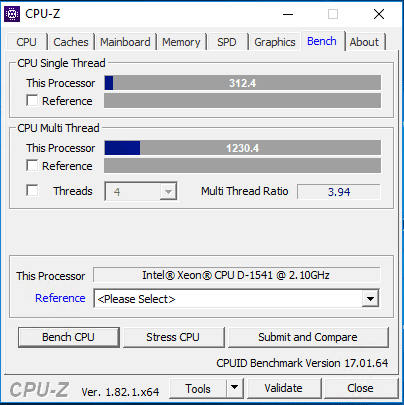
These include Red Hat Enterprise Linux 7.4, 7.3, 7.2, 7.1, and 7.0, Red Hat Enterprise Linux 6.8, 6.7, 6.6, 6.5, 6.4, 6.3, and 6.2, SUSE Linux Enterprise Server 12, SP3, SP2, and SP1, SUSE Linux Enterprise Server 11, SP4, SP3, SP2, and SP1, SUSE Linux Enterprise Server (SLES) 12.2, CentOS 7.4, 7.3, 7.2, 7.1, and 7.0, Debian 8.x and 7.x, Fedora 24 and 23, as well as Ubuntu 16.04 LTS and 14.04 LTS.Intel also lists Red Hat Linux, SUSE Linux, Ubuntu, OpenDesktop, Google Chrome OS, and Chromium OS as supported operating systems, which means that any distro based on these OSes can be updated. ChipN3CDX:Mine is listed and I downloaded it but dont know how to install this.tgz fileI guess now is the best time to learn this chapter in LinuxI don’t know if it’s a good idea to use this.tgz file. Because this works in Arch and Manjaro a little different then in other distros.Depending on your skill set you might want to look in the PKGBUILD file for infos how the package is created. In short, it compiles a C program and creates with this program a.bin file from the content of the.tgz file and then creates a image.If you really can’t until it is in Manjaro unstable, you can download the package directly from a Arch Linux Mirror. I tried to use your link philm however, upon an apparently successful installation I tried the grep microcode command as mentioned elsewhere in this thread and my system still reports an outdated microcode. I then went to the Intel site and downloaded the file specified for my processor and am bemused by the following line which I can’t seem to find anywhere on Manjaro’s file system:the Linux.

What Is Microcode Patch Free
operating system has a mechanism to update the microcode after booting. For example, this file will be used by the operating system mechanism if the file is placed in the /etc/firmware directory of the Linux system.Do I assume correctly that Manjaro is not compatible to Intel’s suggestion then? And why do you think, the tar.xz file you linked, doesn’t seem to update my system?